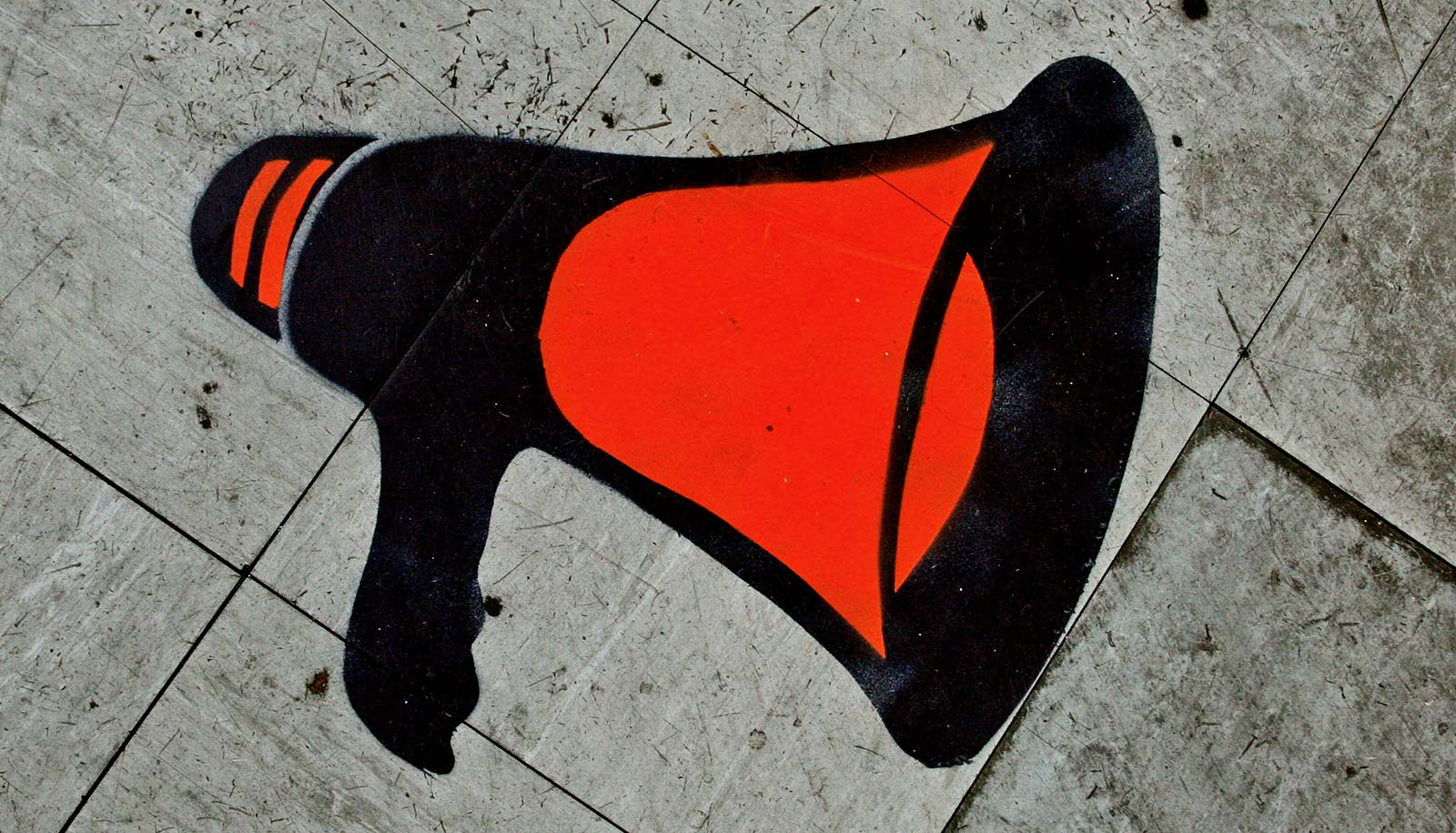A recent analysis of Twitter activity between March and August 2020 showed strong support for face coverings to reduce exposure to COVID-19, but feedback from journal reviewers led researchers to dive deeper into their data.
When the study was completed, they also unveiled that anti-mask sentiment on popular social media sites was associated with media stories on the polarized rhetoric of people, including that of former President Donald Trump and other conservative politicians, who opposed face coverings.
The study, which blended linguistics with data from political science and news media, appears in the journal PLOS ONE.
The data include 149,110 Twitter posts involving 35 distinct types of hashtags, 26 of which were associated with mask supporters. Of the total posts, 138,796 users tweeted pro-mask hashtags and 7,771 posted anti-mask hashtags. Much of the language was polarized, angry, and emotionally loaded.
“We were challenged about why the number of mask resisters seemed to be very small compared to the representation of pro-mask posts,” says Zhuo Jing-Schmidt, a linguist in the University of Oregon’s Department of East Asian Languages and Literatures. “That got us to think about what it means for this debate to be so unbalanced in its participation.”
The study period began a month before the Centers for Disease Control and Prevention recommended mask-wearing to protect against COVID-19 infection.
To explore beyond the numbers, Jing-Schmidt’s doctoral student Jun Lang and Wesley W. Erickson, who earned a doctorate in physics from the University of Oregon in 2020, turned to big data. They completed multilayer analyses to explore polarizing rhetoric, the pro-mask majority, and a possible echo-chamber effect of participants merely engaging with like-minded people. The latter issue also had been raised by a reviewer.
The team also explored public opinion polls on overall acceptance of wearing face coverings and connected Twitter posts with the headlines of continual mainstream media coverage of anti-mask sentiment.
“We found that there is polarization, but you have to look at it at two different levels,” Jing-Schmidt says. “One was the rhetorical, where we saw stark polarization that is angry and shouty. Secondly, we showed that the mask-resisters were a small cluster of users compared to a huge majority of mask supporters.”
Media coverage, she says, magnified anti-mask rhetoric. The peak use of polarizing hashtags, the researchers found, was associated with headlines of stories that focused on anti-mask-wearing sentiments.
“We find that the media played a part in the polarization, magnifying the anti-mask rhetoric,” she says. “This led us to understand how the anti-mask minority can seem to be so powerful in the public’s perception.”
That the media gave the impression of a large resistance to face coverings, she adds, was not unexpected.
“That’s the nature of news,” she says. “Journalists in a democracy have this responsibility to hold people accountable, and that leads to negative events being covered. We’re doing fine, generally, but we must account for these negative cognitive biases amplified by the media in our political discourse. We are still in the pandemic, so there is no reason to celebrate.”
Interestingly, Jing-Schmidt says, it was pro-mask Twitter posters who fitted into an echo chamber. Most pro-maskers ignored the rhetoric of the anti-mask minority, especially disinformation that anti-maskers attempted to spread in their responses to tweets of pro-maskers.
“Our results demonstrate that the digital discourse on Twitter about mask wearing was rhetorically polarized whereby the rallying calls of the mask supporters were amplified by other mask supporters, and the battle cries of the mask resistors resonated with other mask resistors but were drowned out and ignored by a vocal and overwhelming pro-mask majority,” her team writes.
Source: University of Oregon



